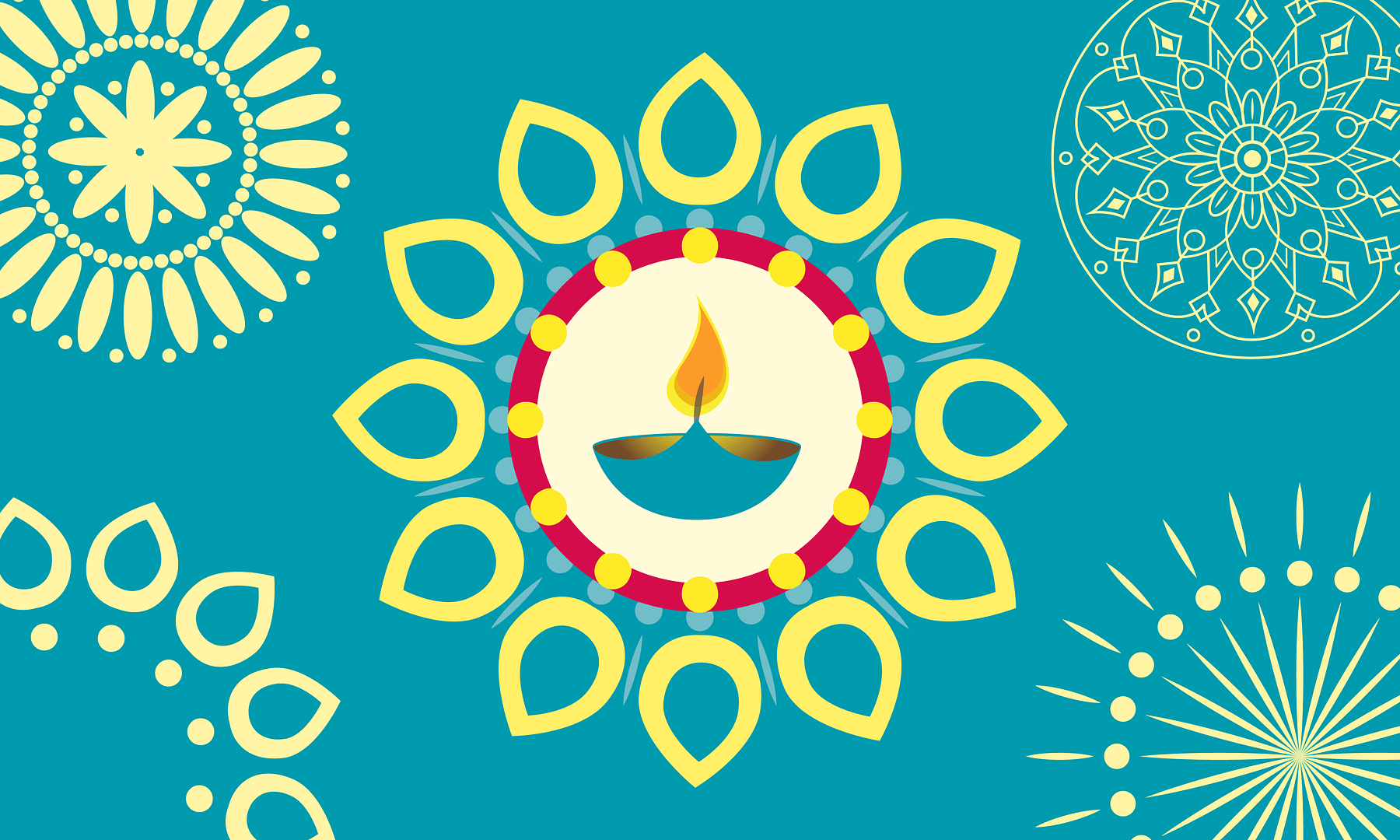Bright Ideas And Diwali Resources To Illuminate Your Primary Classroom
Written by Kapow Primary team
Published on 11th October 2024
Last Updated: 11th October 2024
Written by Kapow Primary team
Published on 11th October 2024
Last Updated: 11th October 2024

Here are some engaging and educational ideas and resources to help you teach your pupils about Diwali, the festival of lights. These activities will introduce primary-age children to the rich cultural traditions of Diwali in a fun and meaningful way, and most can be adapted for different year groups. Celebrated by millions of Hindus* worldwide every autumn, Diwali is a vibrant opportunity to explore diverse traditions in your classroom.
*Sikh, Jain and Buddhist festivals are also celebrated at this time of year and are often referred to as Diwali but have distinct names, stories, meanings and traditions.
Use storytelling, videos, role-play or even dance to retell the story and make the narratives engaging. Encourage pupils to reflect on the themes of good versus evil, light versus darkness, and the significance of these themes in their own lives.
Introduce key stage 1 pupils to the story behind Diwali: Who were Rama and Sita? Discuss how Diwali is celebrated around the world: How are candles used during Diwali? For upper key stage 2 children, consider Why are festivals of light important in different worldviews?
Top tip: Create a Diwali-themed “story corner” with picture books and story props. Encourage pupils to retell the story in their own words or act out key scenes.
Diwali is a time of family, community, and gratitude. Use this theme to discuss the importance of these values with pupils.
Create a “gratitude wall” where children can write or draw something for which they are thankful. Discuss the traditions of giving and kindness, and link these to classroom values such as sharing and caring.
To further develop these discussions, learn how people celebrate special times in the RSE & PSHE lesson for EYFS (Reception) on Festivals.
Explore the importance of kindness, gratitude, and giving throughout the school year with the Kapow Primary FREE Wellbeing scheme. It includes a “Give” themed lesson for each year group.
Top tip: Organise a classroom “light festival” where children can share stories or things they appreciate about their classmates, creating a positive and inclusive environment.
Rangoli patterns are beautiful, traditional designs made during Diwali to welcome guests. They are a fantastic way to introduce creativity, mathematics, and cultural learning into your classroom across a range of subjects:
Art: Encourage pupils to design their own Rangoli patterns using coloured powders, chalk, or digital tools. Discuss the cultural significance of these designs in Diwali celebrations.
Maths: Link Rangoli patterns to your maths curriculum by exploring symmetry, shapes, and patterns. Pupils can create symmetrical designs on squared paper, identifying lines of symmetry and experimenting with different shapes. This activity can reinforce key geometry concepts in a hands-on, creative way.
PSHE/RE: Discuss the importance of welcoming guests during Diwali and reflect on the values of community, generosity, and gratitude. How do the patterns symbolise positivity and inclusion? Pupils can create Rangoli designs that represent what makes them feel welcome and safe.
Top Tip: Set up a collaborative Rangoli project where each pupil contributes a piece to a large design, encouraging teamwork and creativity.
Introduce pupils to traditional Diwali music and dances. Teach a simple Bhangra dance routine or explore different instruments used in Indian music.
This can be a fun way to engage children in physical activity while appreciating the cultural significance of music and dance in Diwali celebrations.
In the EYFS (Reception) lesson Diwali Music, children respond to Music with movement. This lesson can easily be adapted for key stage 1 pupils, and the music can also be used with key stage 2 children.
Top tip: Host a “Diwali Day” where children can showcase their dances, songs, and artwork to the rest of the school or parents.
Link Diwali, the Festival of Lights, to the Science curriculum by exploring Light and shadows (Year 3). Pupils can explore how diya lamps and fireworks work using the Year 6 Light and Reflection lessons. They can also conduct simple experiments on how light travels, reflects, and refracts.
Top tip: Set up a shadow puppet theatre for pupils to experiment with light and shadows while retelling the Diwali story.
Use Diwali as a starting point to explore India and its rich cultural diversity. Locate India on a map, learn about its major cities, and discuss its climate, wildlife, and culture. Explore how Diwali is celebrated in different parts of India and other countries around the world.
Teach about settlements to link Diwali to the lower key stage 2 Geography curriculum. Pupils can learn about how land is used in New Delhi, compare it with land use in their own local area, and consider the question: Are all settlements the same?
Top tip: Create a world map display showing where and how Diwali is celebrated, incorporating pictures, facts, and pupil-made decorations.
Diwali is a great opportunity to enrich the primary curriculum. By including it in different subjects, you can help children understand cultural diversity, build empathy, and create an inclusive classroom. Use these ideas to bring the spirit of Diwali into your lessons and make learning creative, engaging, and fun.